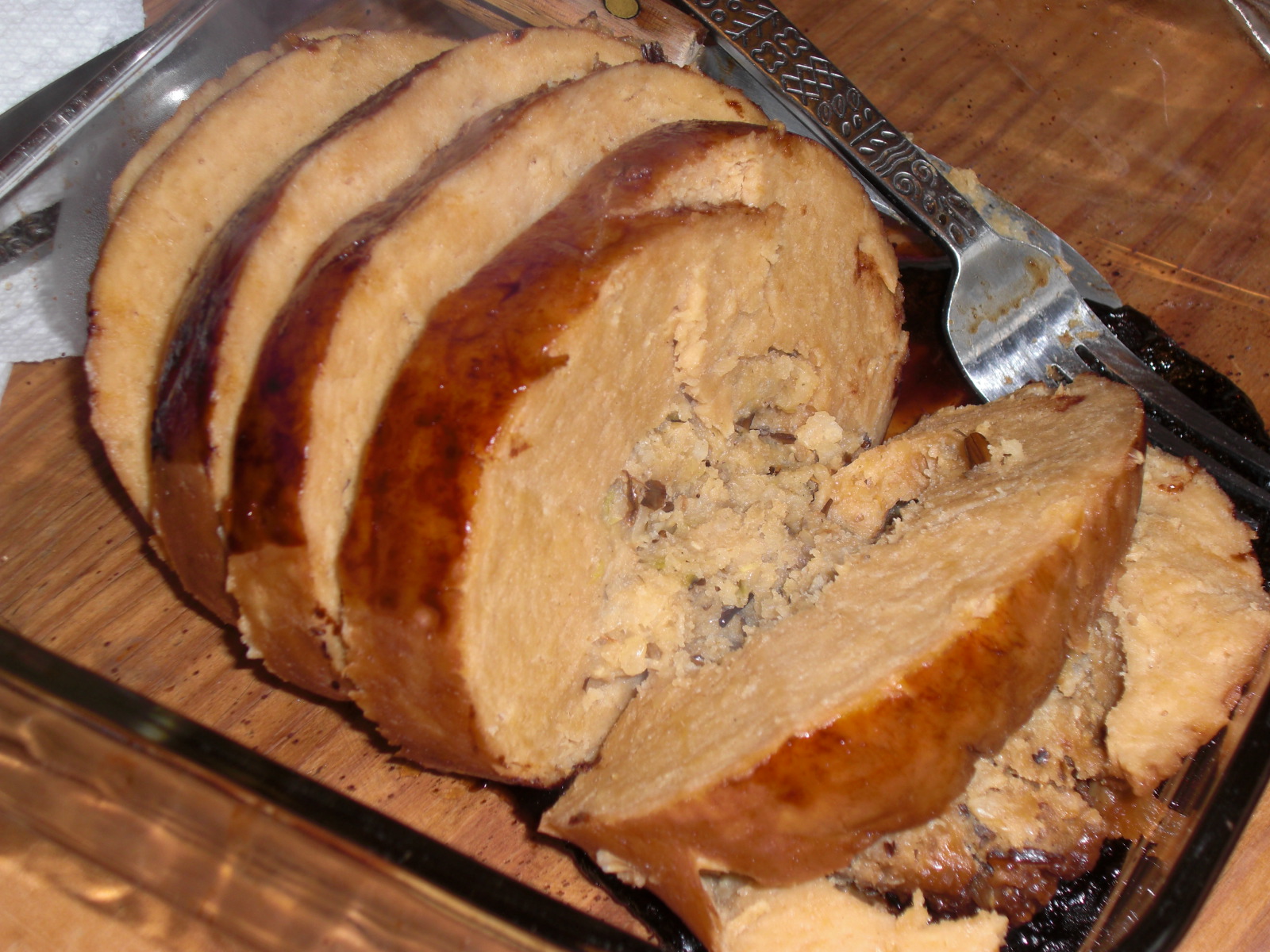
Lab-to-Table
A new contender as an alternative to traditional animal-based food sources is on the horizon: lab-cultured or in vitro meat (IVM). Also called “clean meat”, IVM leverages advances related to growing artificial tissue and organs for transplant and an increased understanding how such biological materials behave at the nanoscale. The culture can begin with a single muscle stem cell which is then encouraged to multiply and grow into fibers resembling muscle tissue. This fibrous tissue is then put on scaffolds and mechanically stimulated to promote further growth. Despite these advantages with regards to animal welfare in the traditional meat industry,production at scale, reduced cost and environmental sustainability remain open questions for lab-cultured meat. The first IVM burger prototype premiered in 2013 at a price tag in excess of $300,000 and 2016 saw a $1000 lab-grown meatball. As of 2019, some in the industry estimate an additional 5-6 years to achieve a $10 burger patty if trends continue. Conflicting calculations regarding the resources used and environmental impacts of emissions make the sustainability argument for the transition to IVM difficult to understand for many potential consumers. The timescale of this reduction in resources may matter greatly in the use of such alternatives to slow climate change in an increasingly meat-hungry world.

The Veggie Burger Strikes Back
These developments in lab-cultured meats are taking place in the context of plant-based versions of American cuisine becoming more popular than ever with mass-market products beginning to capture the texture and mouthfeel of meat missing in previous interpretations of meat substitutes. These next-gen veggie burgers are now a somewhat surprising inclusion in fast food menus across the nation, as many fast food chains had previously flaunted their meaty credentials. The recent proliferation of meat alternatives has its origins in the corporate competition to create products that match the increased environmental concerns from consumers who tend to remain meat-eaters rather than an explosion in the number of vegetarians. Meat substitutes have demonstrated a reduction in the use of water, land resources, and greenhouse gas emissions during their production compared to animal sources of meat, which makes the plant-based alternatives an environmental win. However, such products tend to be highly processed, a concern for some consumers, and aren’t necessarily a healthier option to the meat they replace with sodium and fat content nearly the same as the originals, potentially misleading consumers who might naively expect de facto health benefits when consuming plants instead of animals.
The Meat-Alternative Future: A Road with Many Forks
The current and future development of alternatives to traditional animal-based food sources poses many scenarios that challenge consumer values. For example, there will likely be a delicate balance between consumer concerns regarding genetically modified organisms (GMOs) versus when such modifications may be necessary to achieve cost goals as well as satisfy consumer taste demands. The potential role of GMOs also comes into play when considering how such foods could have their nutrition or healthfulness improved to combat the growing obesity epidemic present in many industrialized nations. Such modifications may be easier for the population to swallow coming from a tissue culture as compared to a free-living organism. Another scenario that challenges consumer values is that a transition away from traditional agriculture could result in a centralization of food resources due to copyrighted custom meat substitute formulas requiring complex machinery to produce. Whether or not these products can be developed to substitute for animal-based meat in a variety of culinary uses and put to the taste test in family recipes and cultural culinary traditions may be key factors in their acceptance.
The Pipettepen has previously run a story on IVM.
Peer edited by Melody Kessler